Sparc Hydrogen to test photocatalytic water splitting (PWS) reactor at CSIRO
Green Car Congress
JULY 3, 2023
The Sparc Green Hydrogen process combines concentrated solar (CS) with photocatalytic water splitting. The company’s key development allows for reduced photocatalyst use and integration with existing concentrated solar systems. The facility is home to Australia’s largest solar thermal research hub.

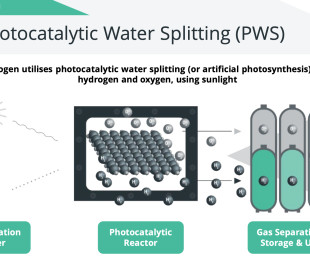








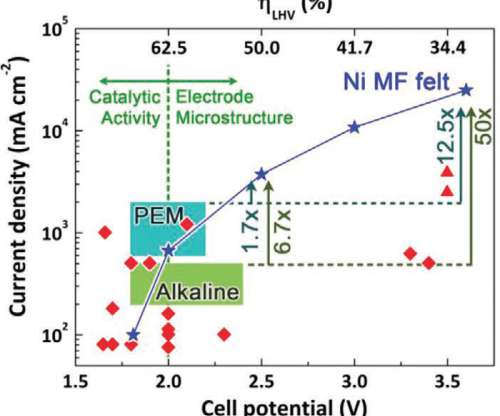




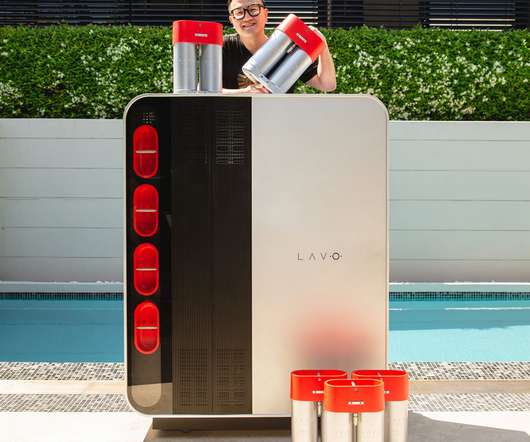



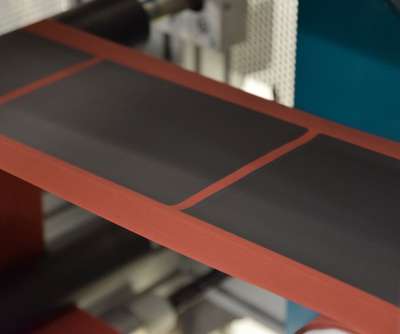


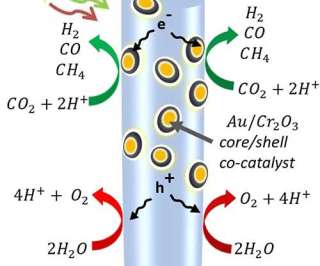



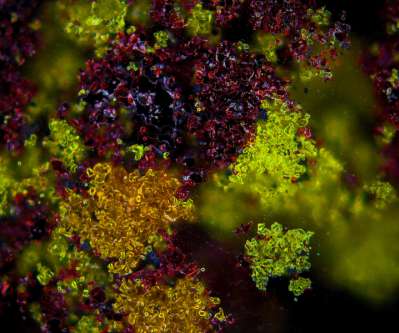

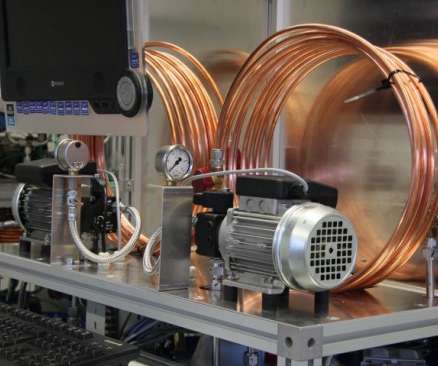

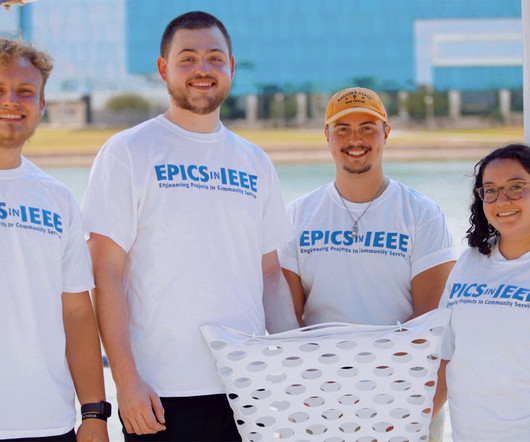














Let's personalize your content